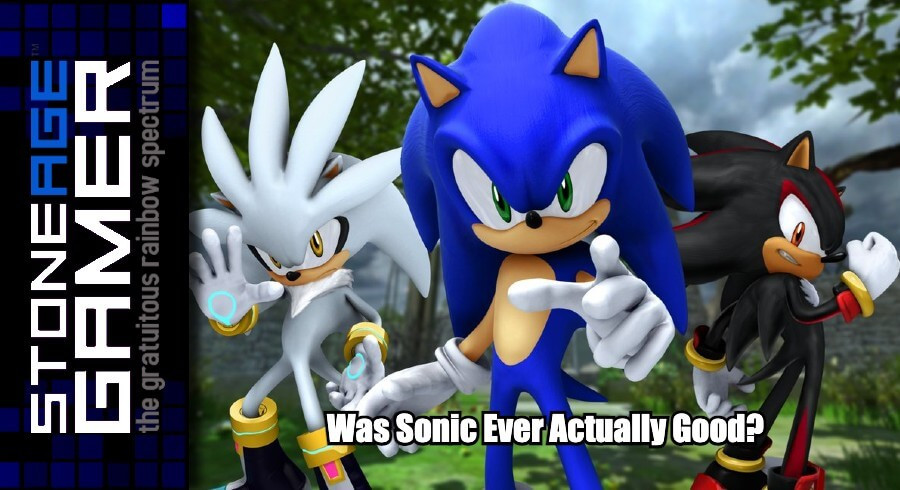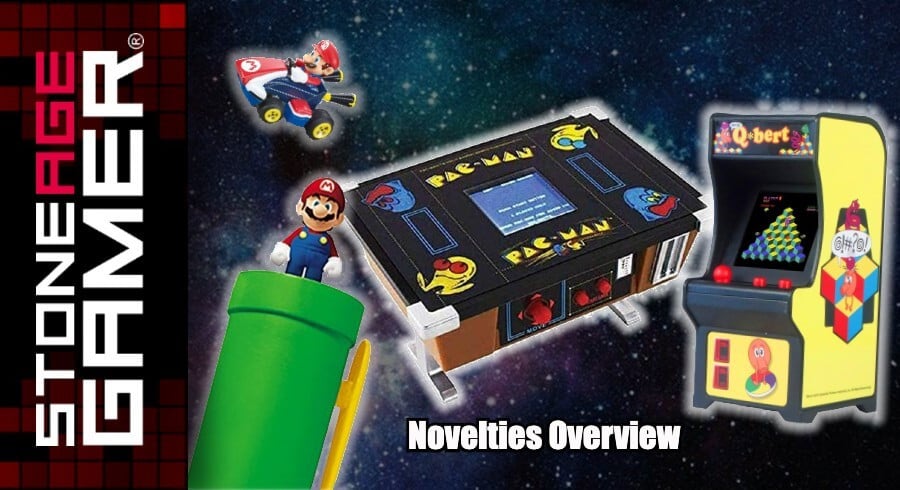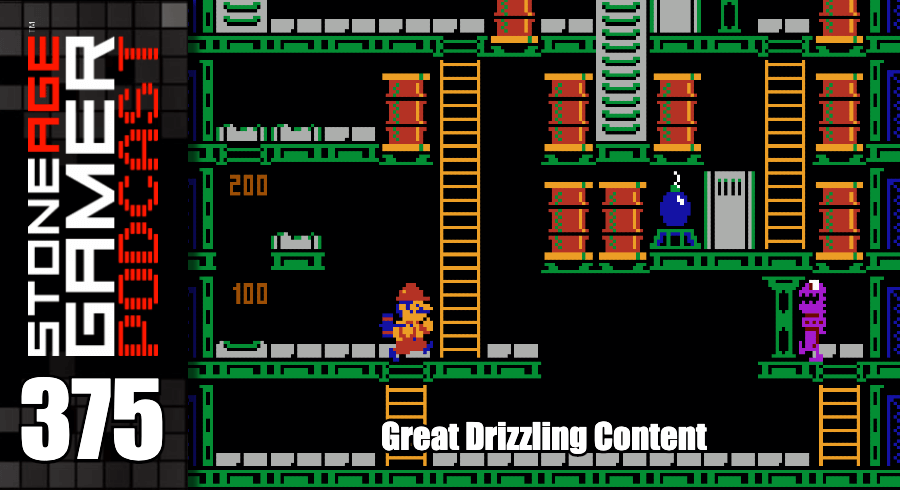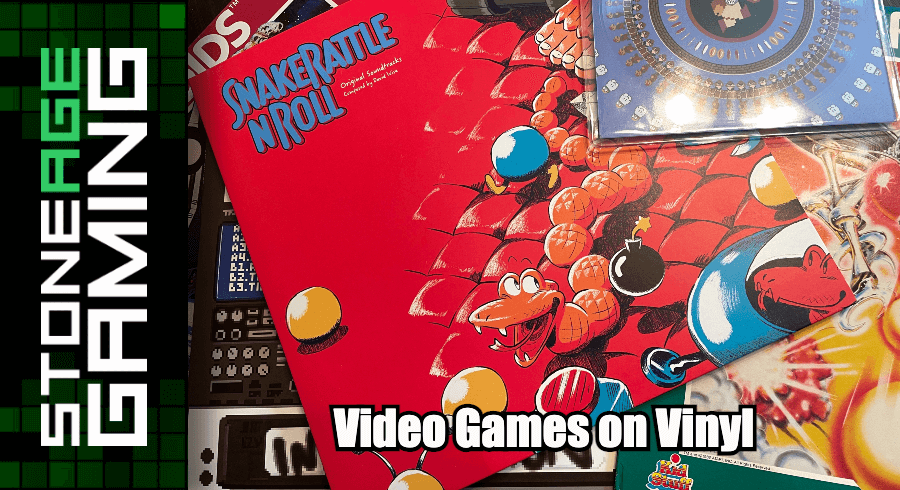
Was Sonic Ever Actually Good?
What Made the Blue Blur Popular in the First Place?
Well, look at that. Sega has released another Sonic the Hedgehog game. Let’s check in and see how it’s doing. OH NO! THE SWITCH GAME IS BUGGY AS HECK!
The story goes a bit deeper than that, but it stands as another example of just how difficult handling Sonic actually is for Sega. It also begs the question, if so many people are so dissatisfied with Sonic games every time they come out, why are they still making them? Was Sonic even all that good in the first place?
The short answer is mostly yes, but it’s not very cut and dry. Let’s go back to where it all started and see what we can figure out.
Sonic’s Genesis
The original Sonic the Hedgehog for Sega Genesis was a bit of a revelation. It was immensely popular and really cemented Sega as Nintendo’s primary competition during the 16-bit generation. When you put Sonic the Hedgehog next to Super Mario World, most kids at the time would quickly decide that Sonic just looked cooler, and in fact it did. Sonic had a ton of personality. Sonic was fast. The backgrounds had multiple layers of scrolling. There were loop-de-loops all over the place. Mario was colorful, sure, but he had been around since 1981, Mario World was relatively slow-paced, the backgrounds were fairly static, and it didn’t have an ounce of Sonic’s new “attitude.”
Sonic did his job well, and put Sega on the map in a way they had been hoping for for years. In hindsight though, I think you’d be hard-pressed to find anyone who would say Sonic the Hedgehog is a better game than Super Mario World. A more stylish one? Sure. But in just about every other way, Super Mario World kinda trounces it. World is regarded as a masterpiece today, where Sonic 1 is still well-liked, but without the luster of being the hottest looking game on the planet, the cracks in its design show through.
But Sonic the Hedgehog isn’t a bad game by any stretch of the imagination. In fact, it’s an extraordinary first entry akin to the original Mega Man in that it laid the groundwork for some truly spectacular games. Behind all that flash was some pretty solid substance. At its core, Sonic isn’t nearly as fast paced as its advertising would have you believe. Running fast was fun, but the level design rewards meticulous exploration way more than speed, and it was that depth that kept new releases noteworthy. So to start, yes. Sonic was good.
What Happened Next
Sonic 1 was followed up by a pair of brilliant releases. The obvious one was Sonic the Hedgehog 2 which was more or less that franchise’s equivalent to Super Mario Bros. 3. The game was a cultural phenomenon, and it took everything that was great about the original and refined it to 11. Sonic 2 deserves every ounce of praise it receives, as it’s classic Sonic gameplay in its finest form, but it’s also even more bombastic than the original. It’s a true success story.
More importantly though, (in my opinion anyway) we have the Sega Master System port of Sonic 1. This was the real test of Sonic’s mettle because it no longer had warp speed and crazy visuals to fall back on. This needed to be a game that stood on its merits alone, and fortunately for Sega, it did. Sonic for Master System (and Game Gear) still felt like Sonic, but unlike something like Donkey Kong Land for Game Boy, was every bit as fun as its 16-bit counterpart. Sonic wasn’t a fluke, Sonic was actually good. And as long as they maintained that quality, there was no reason to believe the character wouldn’t enjoy a similar level of success as Mario for decades to come.
Or so it seemed as more sequels and spinoffs followed. Sonic Spinball was kind of a mess, but it was still ultimately fun enough. Dr. Robotnik’s Mean Bean Machine was just Puyo Puyo dressed in the clothes of the successful Sonic cartoon that had been airing. Sonic 3 was really only half done when it released, but that just meant they could release the other half as an expansion pack you could literally clip other games onto. Cracks in the armor were showing, but the overall quality was still present. Sonic games were still a guarantee of a certain degree of fun. Sonic games were still good. And then the third dimension happened.
The Fun Machine
Super Mario 64 changed everything. It was 3D gaming finally done right. With Mario running and jumping like no video game character had before, everyone's eyes turned toward Sega for the first 3D iteration of Sonic. This is where it all went downhill fast.
After almost skipping the Saturn entirely, Sonic made his first proper 3D debut in Sonic Adventure for Sega Dreamcast, and it featured a striking amount of symmetry with the original Sonic the Hedgehog for Sega Genesis.
It was visually stunning, it sounded amazing, and it was just an undeniably cool game. But under the surface resided a bit of a mess. Like Sonic 1, Adventure sold itself on flash more than substance, but unlike that game, Sonic Adventure didn’t have nearly as solid a foundation. As such, Sonic’s 3D sequels only got worse.
Yes there’s a very large audience out there who genuinely loves Sonic Adventure 2, but let me say here and now that I am not one of them. I would have loved to love that game, but I don’t. That said, regardless of how you feel about Adventure 2, the stuff that followed is pretty generally reviled.
The Downward Spiral
The utterly broken Sonic Heroes, the ill-conceived episodic Sonic 4, the unmitigated disaster that was Sonic 2006, it was one miserable mess after another for Sonic in 3D, and that sterling reputation he once had was long gone. However, things started taking on a bit of a fresh life in the handheld space with games like Sonic Advance for GBA and eventually Sonic Rush for Nintendo DS. 3D may not have been Sonic’s forte, but there was still a lot of untapped potential in 2D Sonic.
Once folks started catching on to this trend, the lessons learned in the 2D space began being applied to 3D and that’s how we ended up with Sonic Colors, what many considered at the time to be the first genuinely good console Sonic game in a very long time.
Colors gave way to Generations, which was pretty fantastic, and a template was created for solid 3D Sonic adventures once again. Of course, in typical Sega fashion Generations was followed up with slightly less loved stuff like Sonic Boom, Sonic Lost World, and Sonic Forces, but they did give us the amazingly delightful Sonic Mania, so that’s something!
So yes, Sonic was indeed good. And yes, he still can be quite so, as evident by the fact that despite the flaws of this new port, Sonic Colors is a genuinely good game. Will Sega ever embrace the level of quality control that’s kept Mario on the positive side of criticism for decades? It’s impossible to say, but maybe this time quality will stick around. Let’s hope so, for Sonic’s sake.





